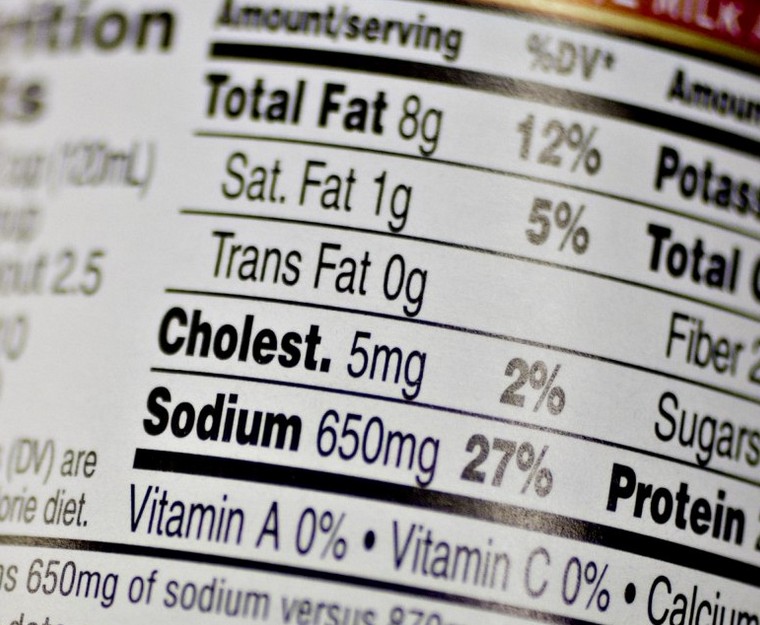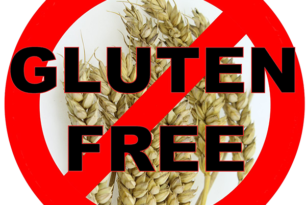Walking through the grocery store can be overwhelming — especially with packages shouting things like “Low Fat!”, “Keto Friendly!”, or “Heart Healthy!” But not all labels tell the full story. If you’re trying to lose weight or simply eat better as you age, learning how to read nutrition labels is one of the most powerful tools you can have.
This guide will help you cut through the noise and make smart, confident food choices.
Start with the Serving Size
At the very top of the Nutrition Facts label, you’ll see the serving size and how many servings are in the package.
Why it matters:
If a bag of chips lists 150 calories per serving, but the serving size is only 12 chips, eating the whole bag might mean you’ve eaten 3 or 4 servings — and 600 calories!
Quick tip: Measure out serving sizes a few times to learn what they look like in real life.
Check the Calories
Look at the line that says Calories per serving. This tells you how much energy you’ll get from that serving.
For weight management: Aim for meals that are filling and nutritious without packing in too many calories. Whole foods like fruits, vegetables, and lean proteins are usually lower in calories and higher in nutrients.
Limit These Nutrients
Look at the nutrients that should be limited, especially if you’re managing weight, heart health, or blood pressure:
– Saturated Fat
– Trans Fat (try to avoid entirely)
– Added Sugars
– Sodium (Salt)
Too much of these can lead to weight gain, inflammation, and higher risk of heart disease — especially for older adults.
Goal: Choose foods that are lower in these ingredients whenever possible.
Look for These Nutrients
Next, look for nutrients you want more of:
– Fiber (keeps you full and supports digestion)
– Protein (supports muscle and helps with satiety)
– Calcium and Vitamin D (important for aging bones)
– Potassium (supports blood pressure and heart health)
Good pick: Choose foods that are high in fiber and protein, and low in added sugar.
Understand the % Daily Value
To the right of each nutrient, you’ll see a % Daily Value (%DV). This tells you how much of that nutrient one serving gives you compared to your daily needs.
– 5% or less = low
– 20% or more = high
Example: A soup with 25% DV of sodium in one serving is high in sodium.
A snack with 20% DV of fiber is a great source of fiber.
Don’t Be Fooled by Buzzwords
Food packaging often tries to look healthy even when the contents aren’t:
– “Low fat” might be high in sugar.
– “All natural” doesn’t mean low calorie.
– “Keto” or “gluten-free” isn’t always weight-loss-friendly.
Your best bet? Always flip to the Nutrition Facts and ingredient list for the real story.
Practice in the Store
Next time you shop, compare a few labels:
– Two different breads — which has more fiber and less sugar?
– Yogurt — which has less added sugar but still enough protein?
– Salad dressings — which is lower in sodium and fat?
You don’t have to be perfect — just more informed!
Final Thoughts
Reading food labels is like learning a new language — it takes a little practice, but once you get the hang of it, you’ll feel empowered to make better decisions for your body and your health.




